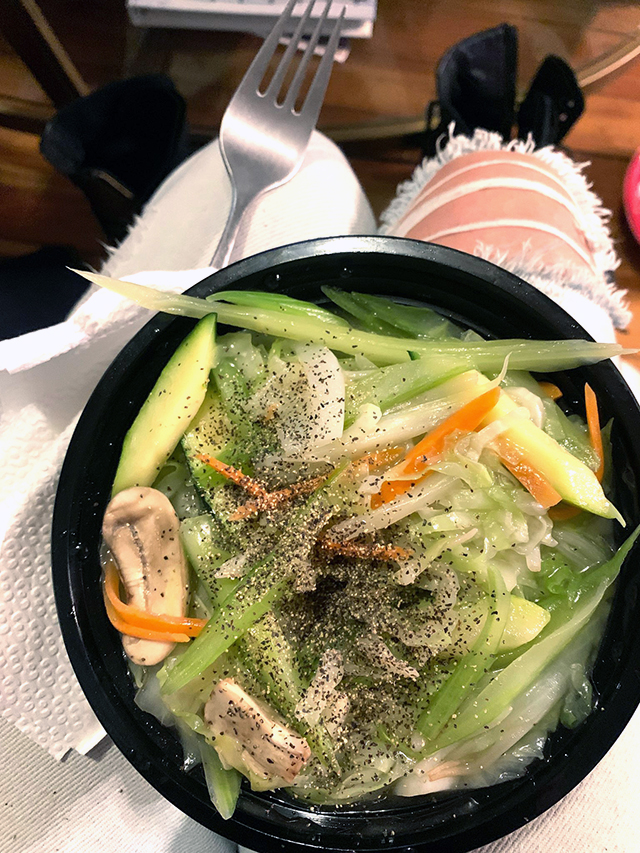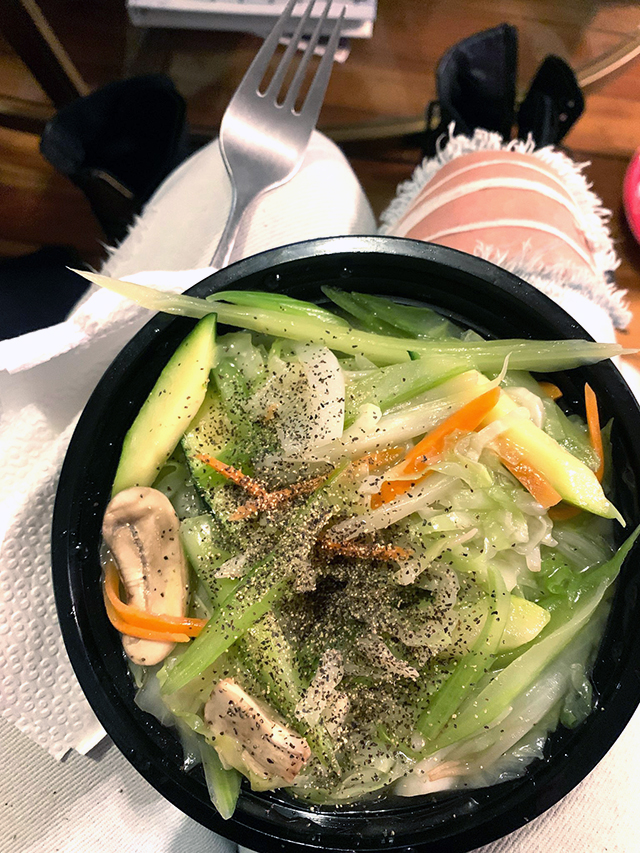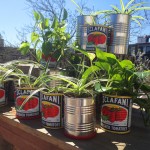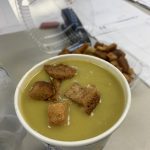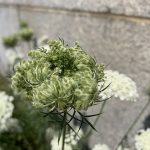Doctor It Up With Pepper
I tried to order Xing Xing the other night. It’s my go-to Chinese place on the peninsula but apparently they’re closed on Mondays. So, I ordered from another place. I’m not going to disclose which restaurant because the food was dreadful. In an effort to salvage my dinner, I added salt and pepper to my veggie chow mein. The pepper cap was loose and I doused it by mistake. It wasn’t looking good, but the fridge was empty so I took a few bites. To my surprise, the egregious amount of pepper did the trick.
This made me think … pepper is so unrated. Because using “salt and pepper” is habitual, we overlook it’s potential. I also feel we’re not using enough pepper. My suggestion, use more, not less. Lots of pepper gives a nice rich punch. Another pepper tip – which admittedly I don’t always follow – is to use fresh ground pepper. The difference is enormous.
These days, it’s trendy to cook with cumin, curry, sumac, cayenne and other exotic flavorings and that’s all good, but let’s not forget the basics.
Black pepper (piper nigrum) is so common but how much do we really know about the plant? It’s a woody, climbing perennial vine that flowers. It needs to be trellised. Pepper will spread on its own when trailing vines touch the soil. It can also be propagated from cuttings. The plant prefers average soil moisture, humidity and full sun. It’s a warm weather crop thriving in 70-90 degree temperatures. Black pepper can be grown here in New York but as a perennial, it would need a greenhouse environment during the cold winter months. Growing this would be a fun challenge. I may give it a try in the spring, planting it in a large container so I can adjust its conditions in the fall/winter.
Peppercorn is a small stone fruit. The berry is harvested and most often sundried for use as the spice we know and see in the supermarket. White, green, black and red are all from the same plant. The difference being they’re harvest times, which changes the pungency and favor. Red is most expensive to buy, as it needs to stay on the vine the longest. Interestingly, I learned pink peppercorn is from a different plant altogether – baies rose.
Black pepper originates from India and has been used as a spice and medicinally since ancient civilization. It is the most widely traded spice in the world today. Black pepper is mainly produced in India, Vietnam, Brazil and Indonesia. Surprisingly, the United States is the largest consumer of pepper, using 18% of the 20% of its world trade. Maybe we’re using more pepper than we think?
Follow me for the day-to-day in the kitchen on instagram – @theglorifiedtomato.
